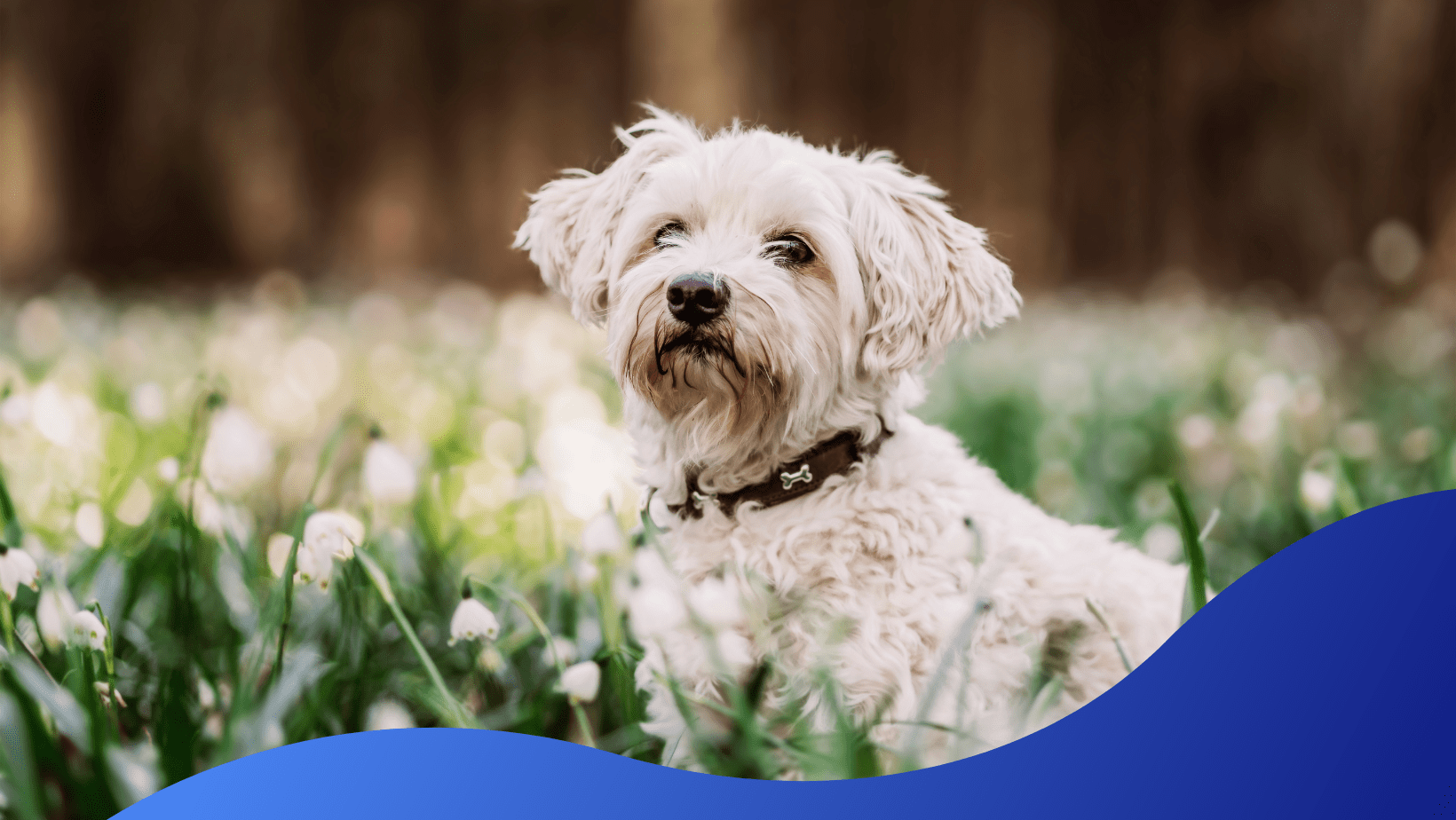Keep your pets safe in the garden this spring
The arrival of spring means it’s time to get outside and get dirty for those with green thumbs. The garden is a great place to spend time with dogs and outdoor cats, but warm spring weather can also pose poisoning risks. Pets can be poisoned by spring plants and common gardening chemicals even in minute amounts. Watch out for these hazards this spring to keep your pets safe.
Spring Plants You Should Avoid Poisoning Your Pets:
These pets may have a beautiful visual impact on your garden, but your pets should avoid them.
Lilies
Cat owners should be wary of any type of lily, as they can cause kidney failure in cats. Lily of the valley does not affect the kidneys but contains compounds called cardenolides which can damage a cat’s heart. If you’re displaying a bouquet of lilies indoors, make sure your cat isn’t tempted to lap water from the vase. Lethal poisoning is rare in dogs.
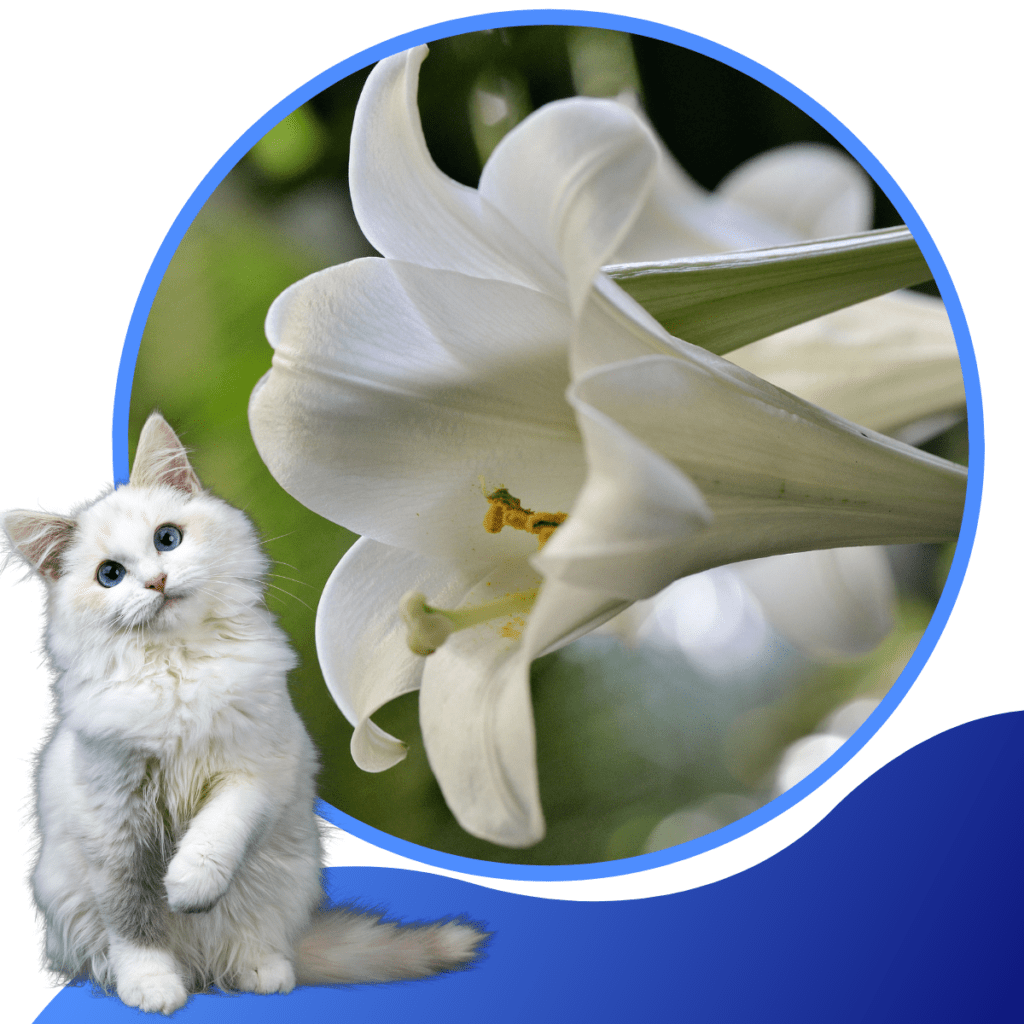
Azalea’s
Azalea leaves can cause excessive drooling and intestinal symptoms in pets, leading to comas and death.
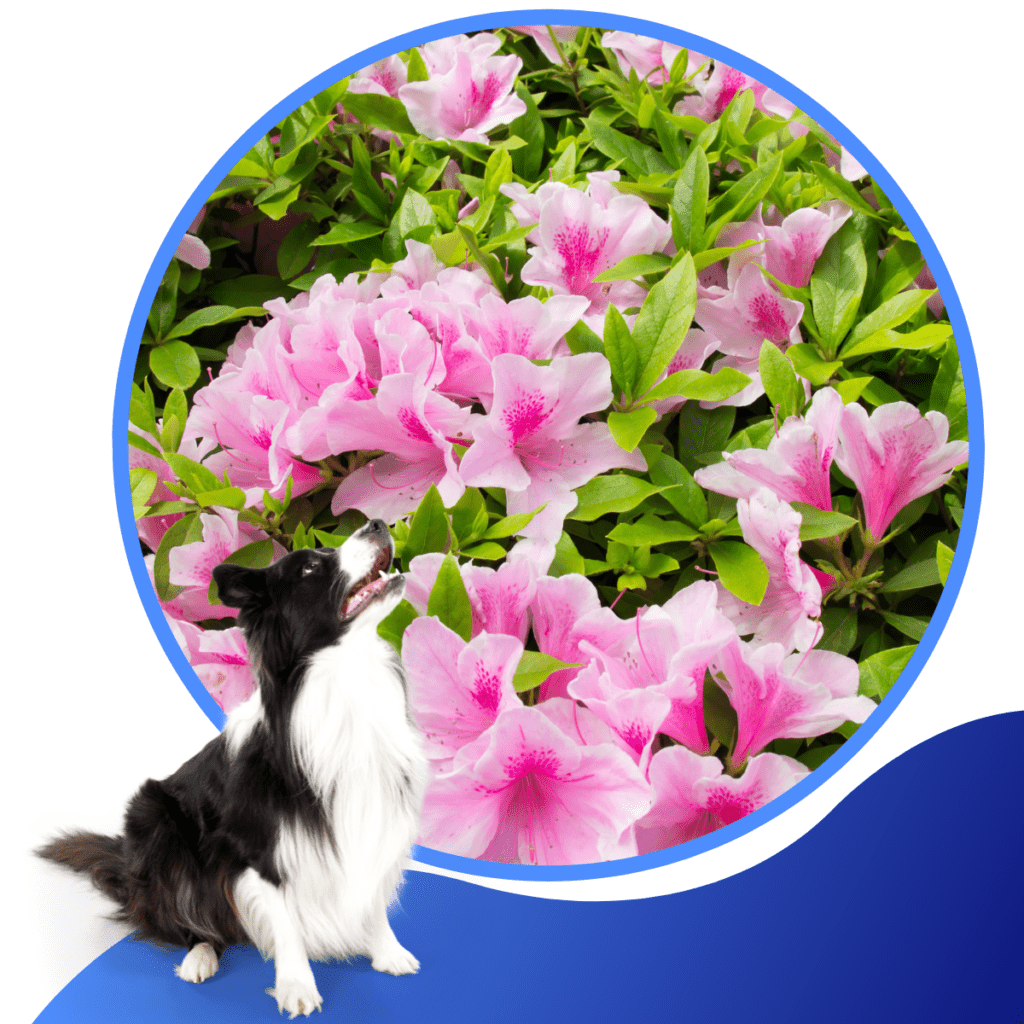
Crocuses
The crocus’ spring and autumn varieties are both potentially dangerous to cats and dogs, with springtime crocuses causing mild symptoms such as gastrointestinal distress and damage to livers, kidney, and bone marrow.
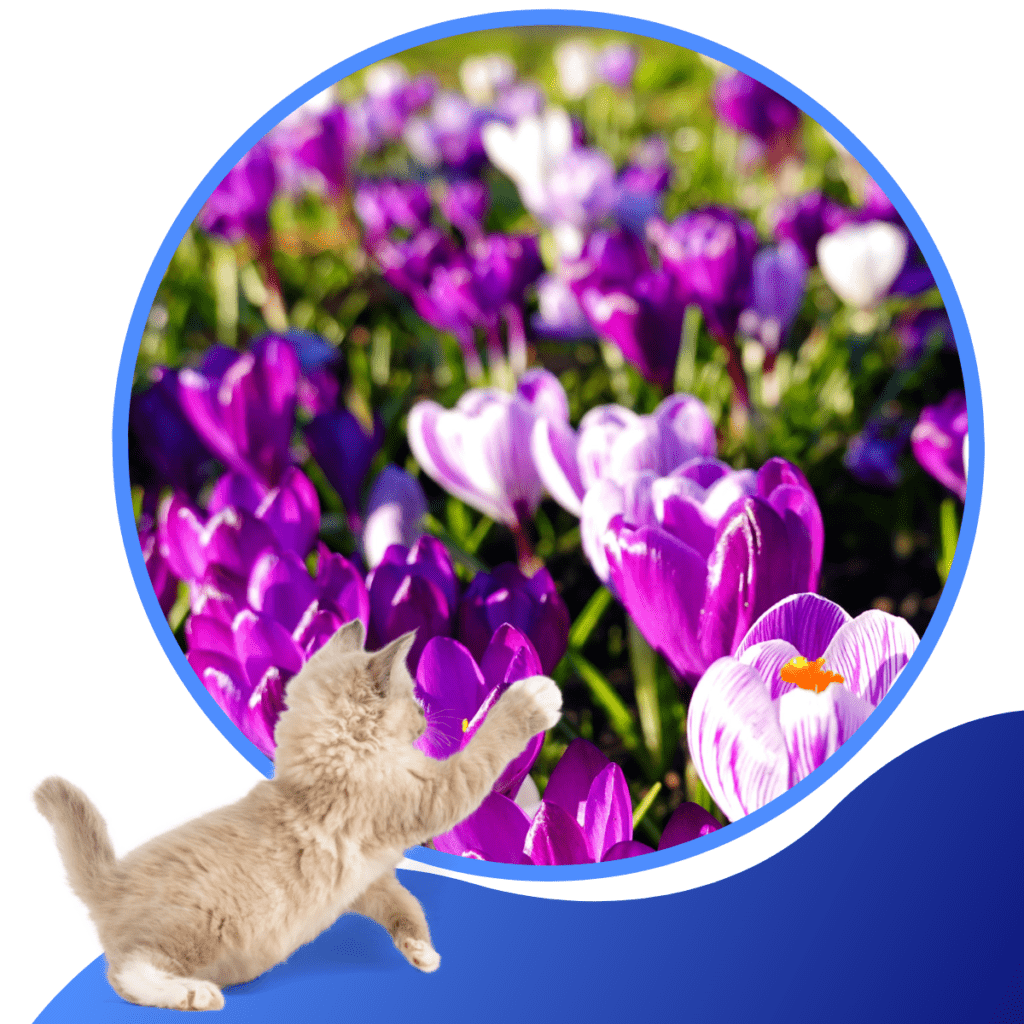
Sago Palms
A favourite warm-weather plant, the sago palm is frequently developed inside in cooler climates. All parts of the plant are harmful, with the seeds pressing the most noteworthy concentration of poisons. Two seeds are sufficient to kill a dog or cat after causing discouragement and seizures.
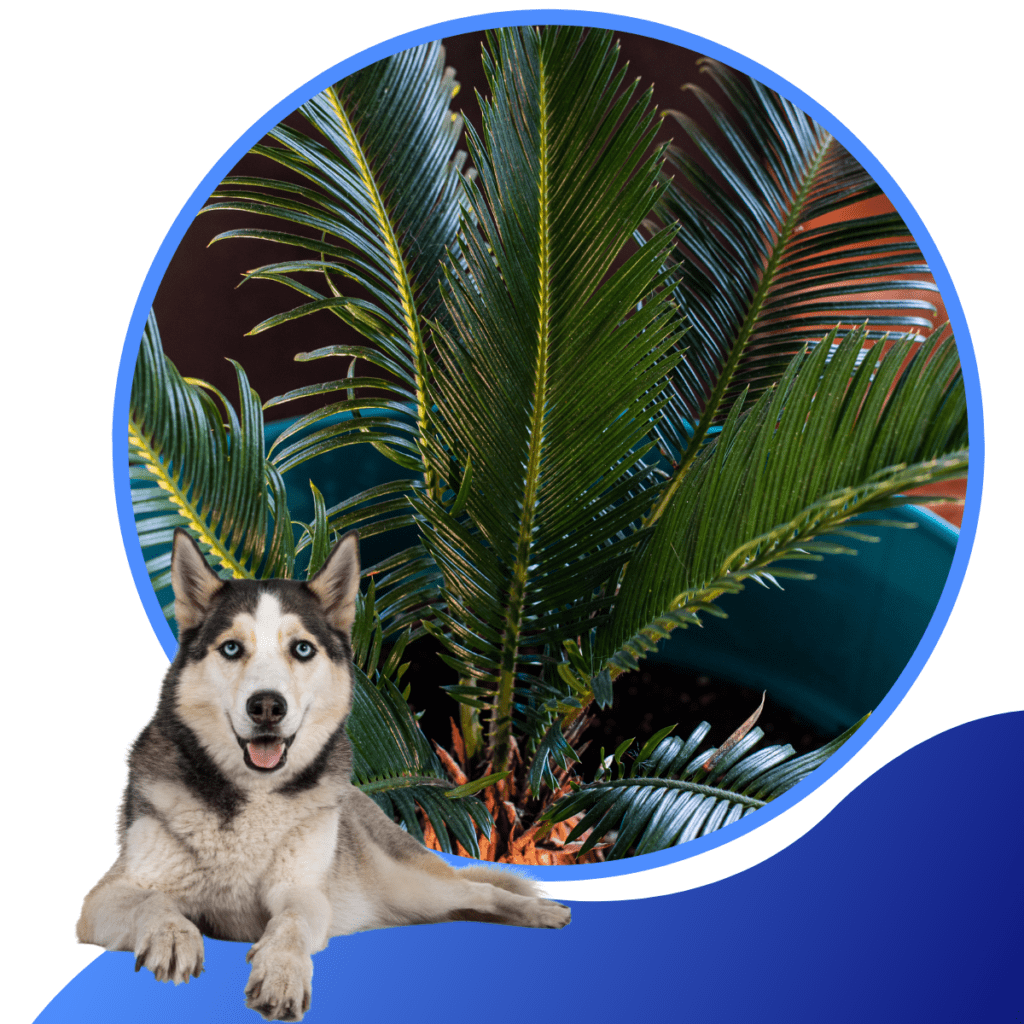
Tulips
A warm-weather favourite, sago palm is often grown indoors in cooler climates. All parts of the plant are poisonous, with the seeds containing the highest concentration of poison. Two particles are enough to kill a dog or cat after causing depression and convulsions.

Begonia’s
The begonia’s attractive petals conceal the deadly poison lurking in its underground stem. These can irritate your pet’s mouth, lips, and esophagus and cause the tongue to swell.
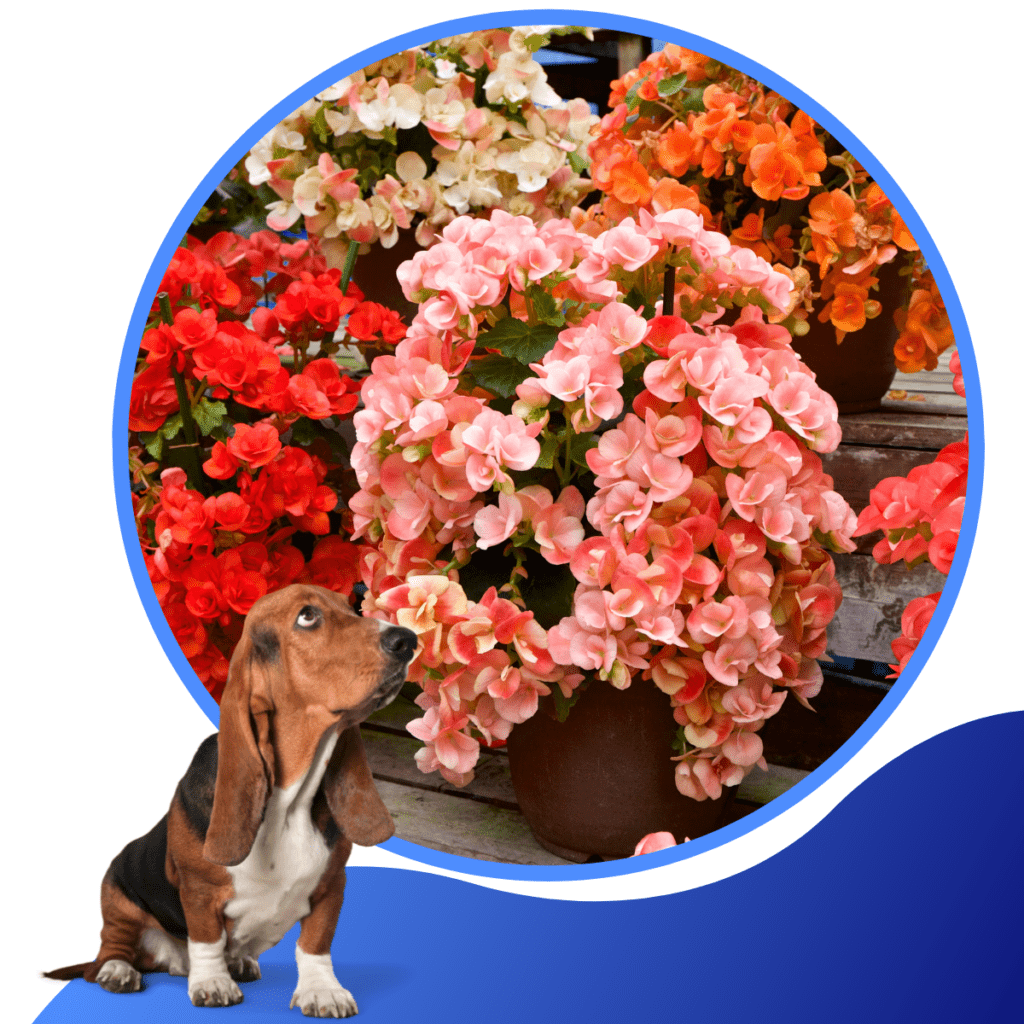
Hyacinths
Toxic alkaloids in hyacinth can cause diarrhea, vomiting, and tremors in both dogs and cats. In more extreme cases, your pet’s heart rate may increase exponentially and breathing may become difficult.
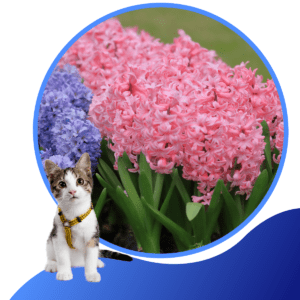
Buttercups
Even the slightest taste of buttercup can cause lethargy, loss of appetite, vomiting, diarrhea and unsteady gait in pets.
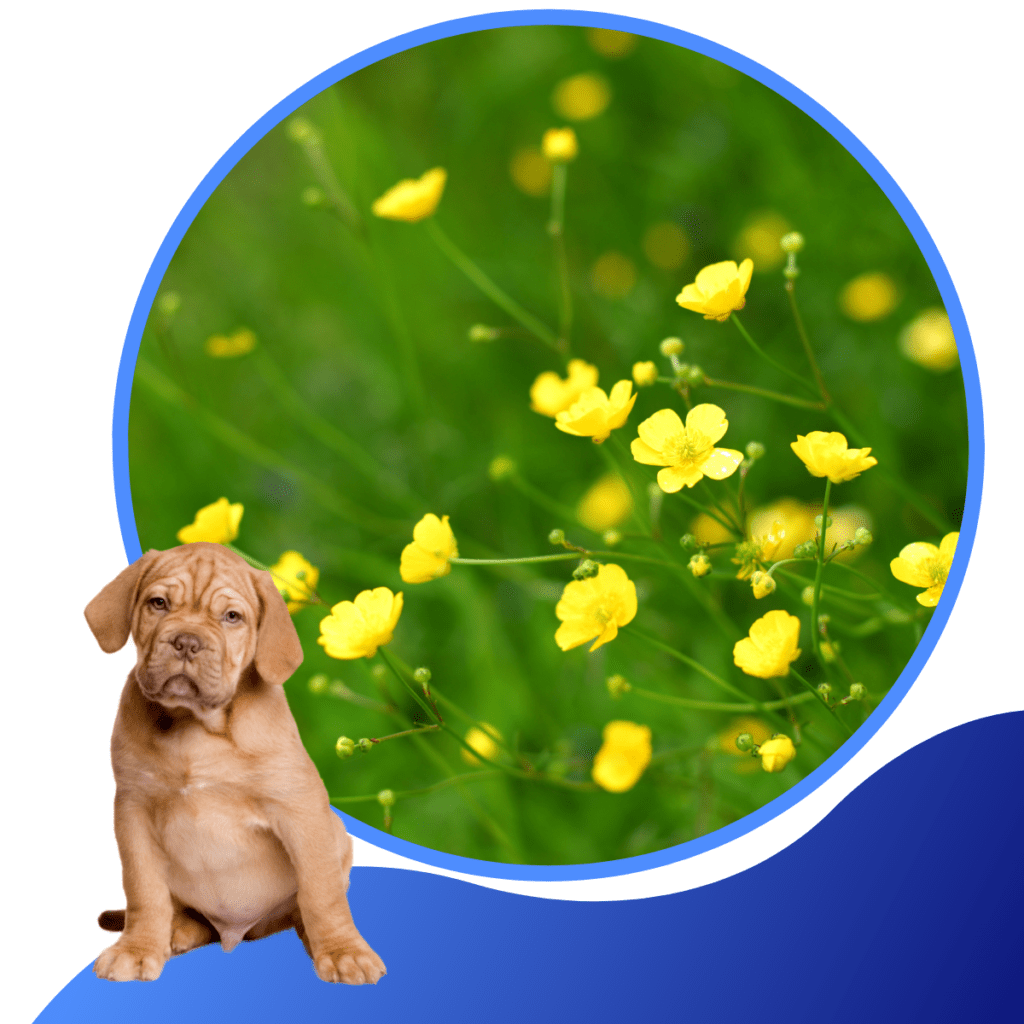
Daffodils
Daffodils are also dangerous to dogs and cats due to toxins such as lycorine. Even small amounts can cause excessive salivation, vomiting, and diarrhea. High doses can cause seizures, arrhythmias, and dangerously low blood pressure in dogs and cats.
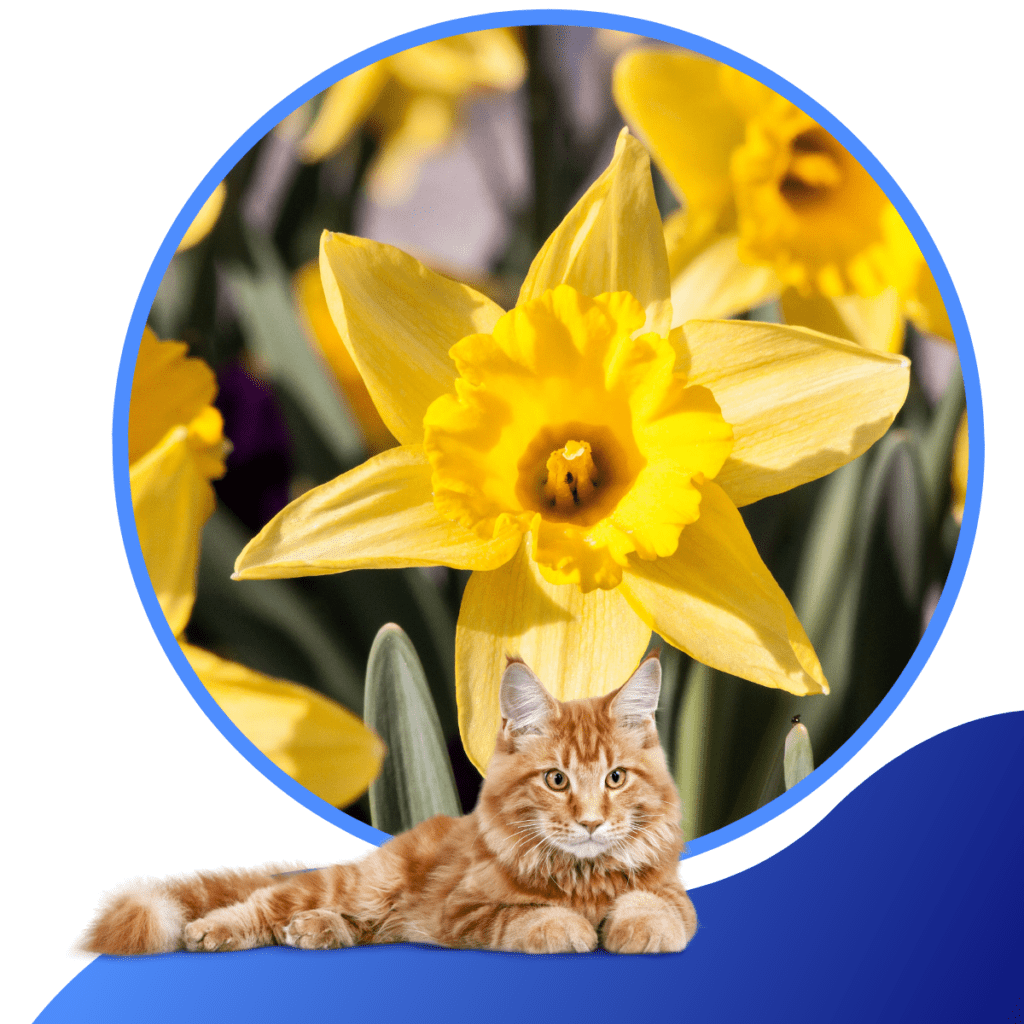
Poisonous Gardening chemicals
It is not just plants we need to be cautious about, there are also chemicals that can be harmful to our pets.
Fertilisers
Fertilizers can be dangerous to pets, such as blood and bone meal, which can lead to vomiting, diarrhea, pancreatic inflammation, and iron toxicity. Other fertilizers may contain poisonous compounds, such as organophosphates, which can kill a mid-sized dog or cat.
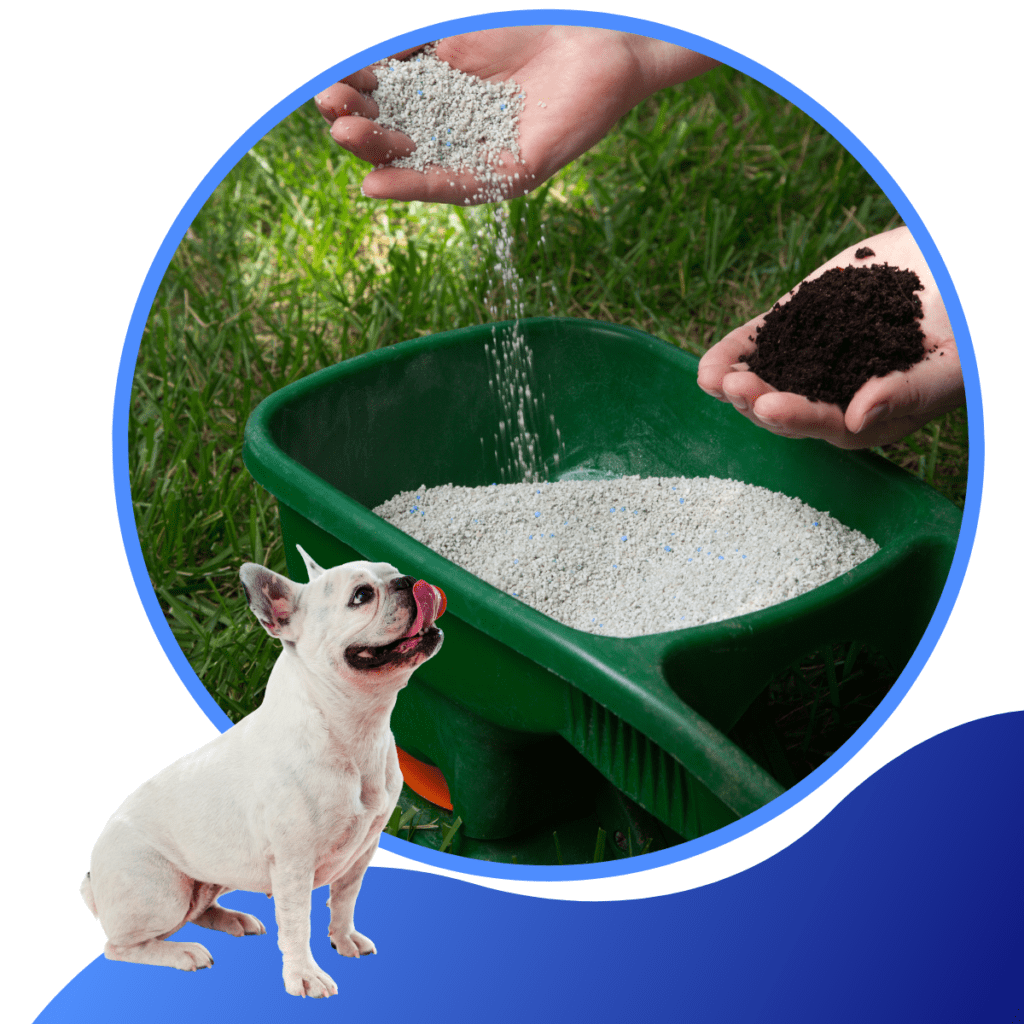
Pesticides & Insecticides
Pest control chemicals are not only dangerous for the pest. Large amounts can also cause illness and kill pets, especially if the brand you choose contains organic phosphates. Pet owners can maintain a garden that is safe for animals and the environment by choosing all-natural alternatives to chemical repellents. A simple soap and water solution may be enough to repel insects without posing potential health risks to your pet’s habitat.
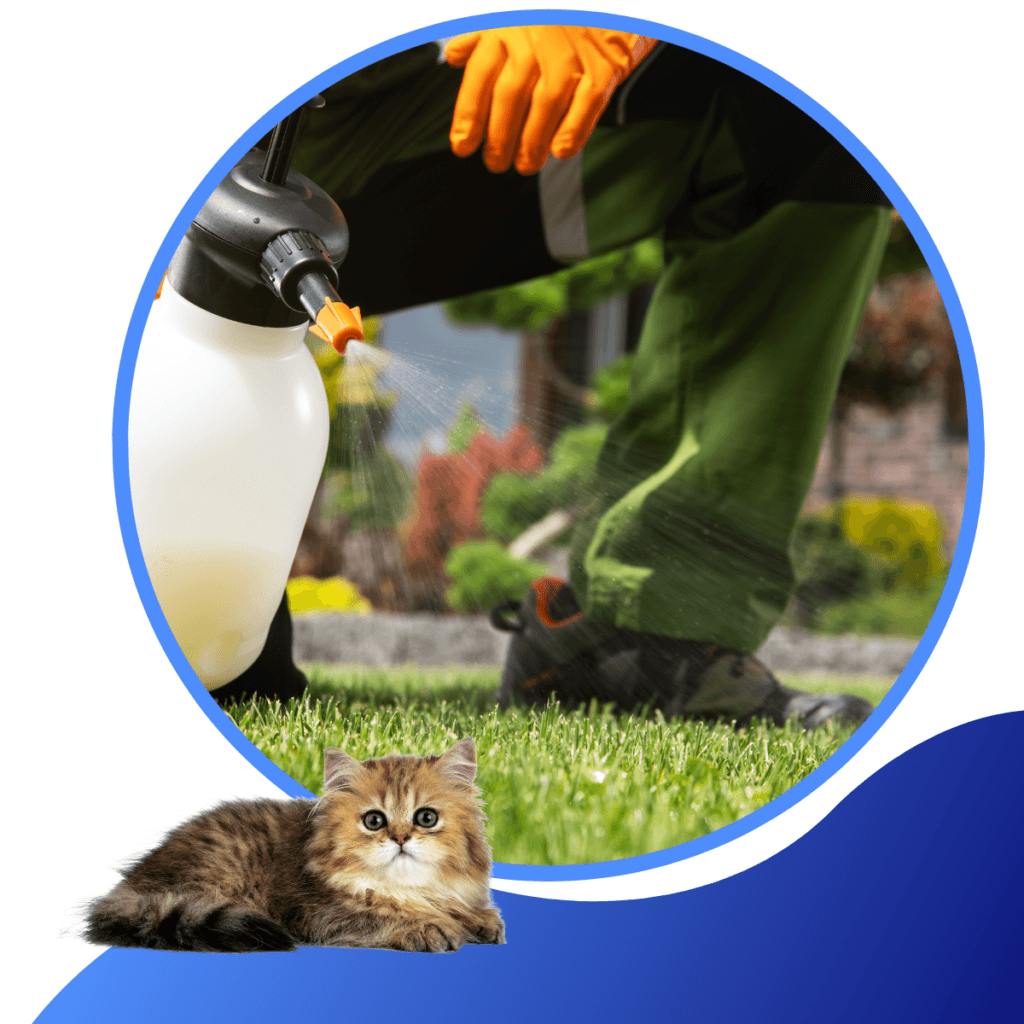
Pet-friendly Plants
It may seem that you can’t have a beautiful garden if you have a pet, this is not true there are plenty of pet-friendly plant alternatives to achieve a lovely garden, whilst keeping your pet safe.
- Marigolds
- Snapdragons
- African Violets
- Grape Hyacinths
- Nasturtium
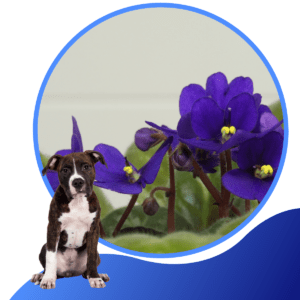
If you suspect your pet is suffering from any type of poisoning please get in touch with the practice and book an emergency appointment.
Thanks for reading.

